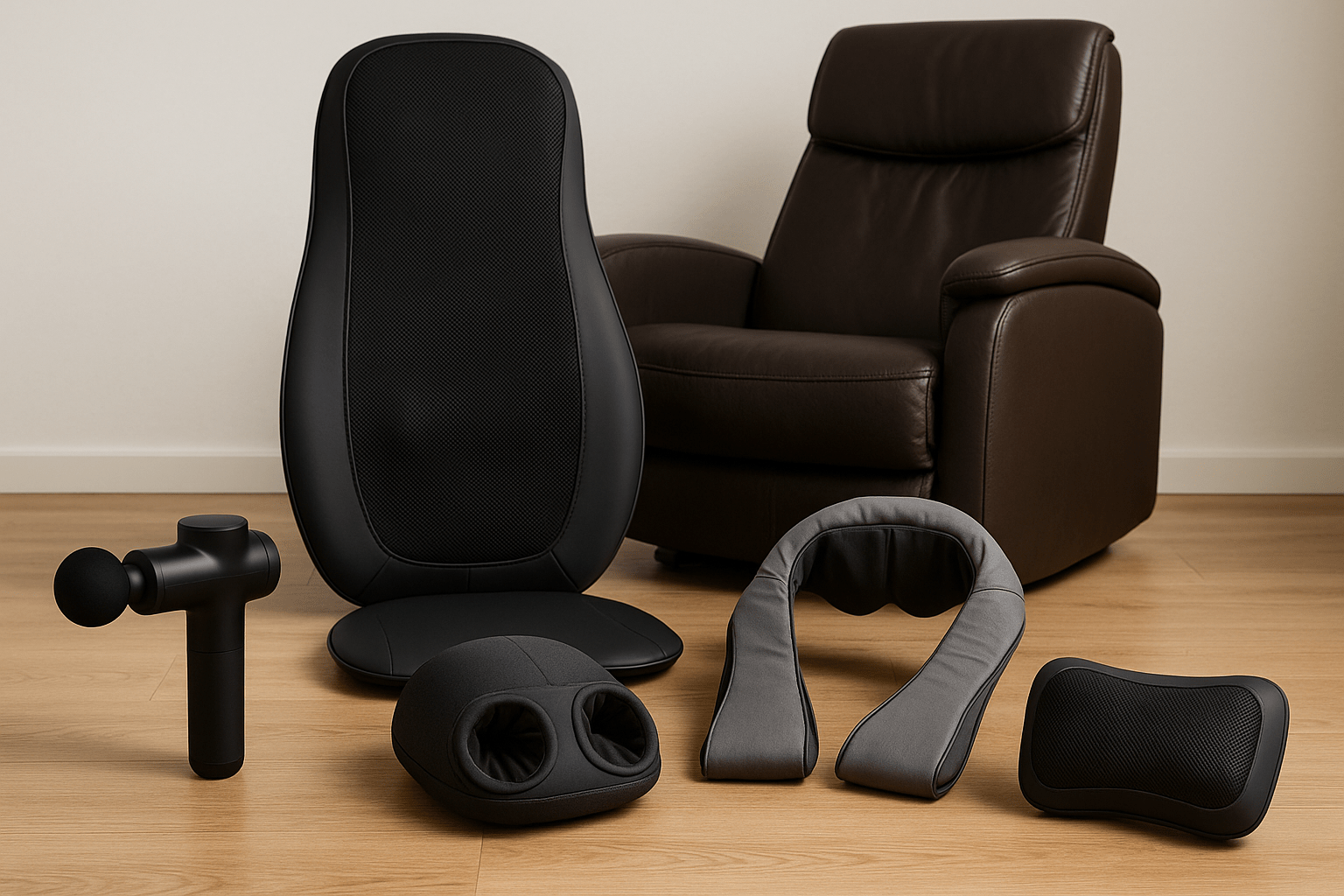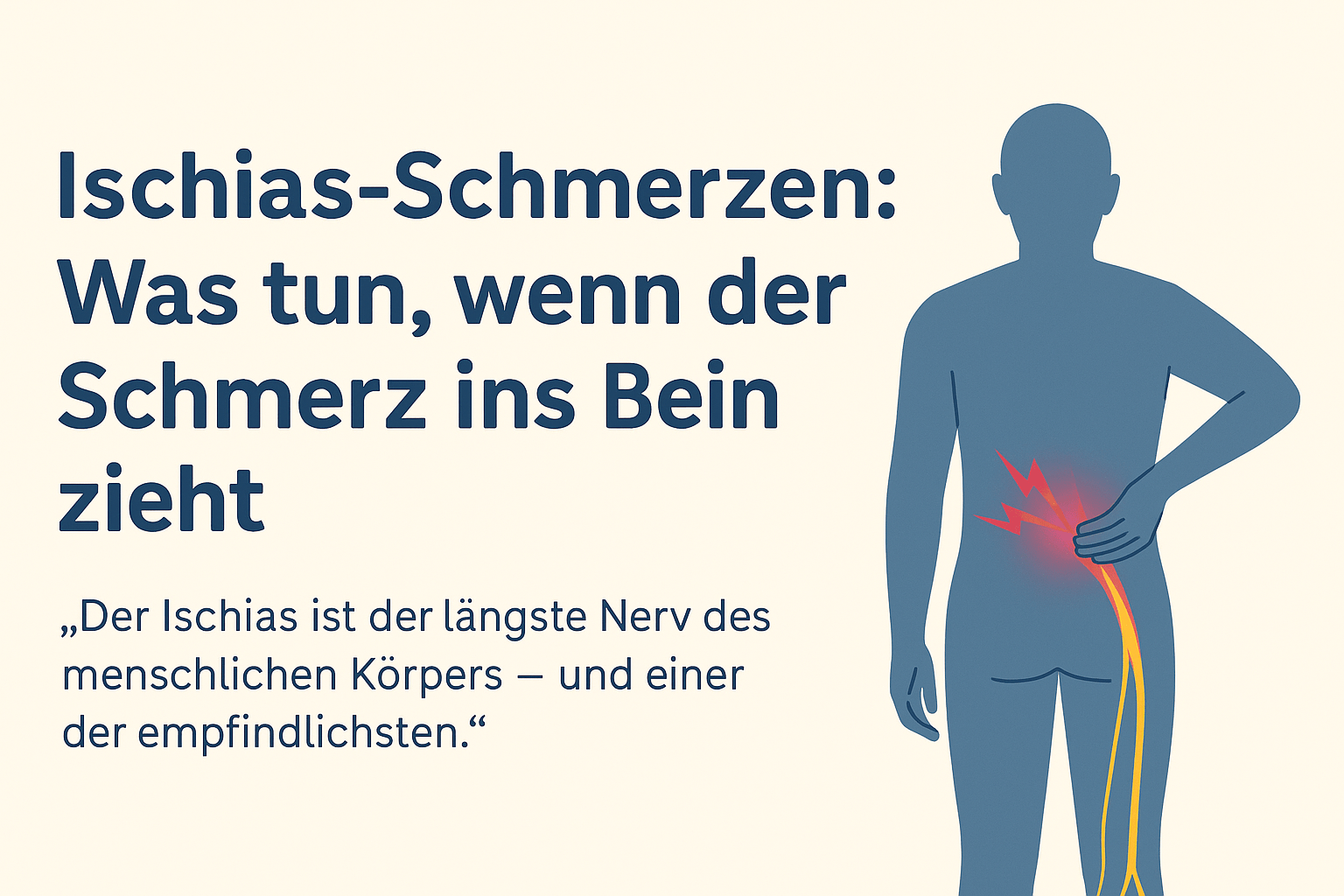Massages and sports - before or after?
Image by Alora Griffiths. The World Cup final is a tense affair, with a draw leading to extra time and then, after a short break, a penalty shootout. Anyone who has taken a closer look at the action on the sidelines will have noticed that many players receive massages from the support team during this important phase. Does that make sense? What is the purpose of massages in professional and amateur sports, and what about the eternal discussion about whether massages should be applied before or rather after the sport? We provide clarity and clear up this controversial topic once and for all, so that you can...



Image by Alora Griffiths.
The World Cup final is a tense affair, with a draw leading to extra time and then, after a short break, to a penalty shootout. Anyone who has taken a closer look at the action on the sidelines will have noticed that many players receive massages from the support team during this important phase. Does that make sense? What is the purpose of massages in professional and amateur sports, and what about the eternal discussion about whether massages should be applied before or rather after the sport? We will clarify and clear up this controversial topic once and for all, so that you can positively support your performance in sports with targeted massages. The first question that arises is what is the purpose of massages in sports?
Reading tip: From head to toe: How massages help
The modes of action of massage in sports
From a purely temporal point of view, a massage can in principle be applied before the sports session, during it, and afterwards. In fact, all three variants are permissible and useful, if you take into account the goal pursued in each phase and the massage techniques to be used. The most obvious application for a treatment is the loosening of muscles.
It counteracts tension and cramps. In the above scenario, this is also one of several reasons for massages on the sidelines. After intense stress on the muscles, there is a risk of cramping, which must be absolutely avoided during the required performance. However, cramping and exhaustion of muscles are also directly related to another component, lactate.
Sports massages against exhaustion of the muscles
The term lactate is often familiar from research around muscle fatigue and training. It is a metabolic product that is produced when the body needs to generate energy in the muscle. On the one hand, this can take place under oxygen supply or in performance-intensive phases by converting sugar into lactic acid. The resulting "waste product" is lactate and is deposited in the muscle. With continuous performance, more lactate is produced than can be broken down and the muscle becomes increasingly fatigued. This is exactly where a massage can have an effect again. By specifically massaging the affected muscle areas, the removal of lactate is partially supported, whereby the fatigue sets in later or the muscle soreness afterwards is not quite as bad as it would be without treatment.
Massages to increase muscle tension
Another application can be observed particularly well in winter sports. For example, ski racers are often seen having their thighs tapped by the attendant immediately before the start. There are two main reasons for this. One is to maintain muscle tension during the wait before the start.
The second reason is temperature. Tapping additionally stimulates blood flow to the treated area, thus transporting more warming blood to the muscles needed for the competition. Attention: in fast-paced sports, care should be taken not to relax muscle tension by massaging, as this would be counterproductive and may also increase the risk of injury.
The massage after sports
We have now learned about scenarios in which a massage can be useful before or even during sports. However, the most common and especially for amateur athletes relevant massage should be done after the sports performance. Several reasons speak absolutely for it here, among other things the blood circulation-promoting effect. In this way, more nutrients and oxygen reach the stressed muscle. The regeneration time can be significantly shortened and the muscle is ready for the next training session more quickly. The removal of lactate and the loosening effect of a sports massage also help you to be ready for action again sooner.
In addition to muscle regeneration, there are also therapeutic applications for massage in sports. For example, it can support healing processes of injuries. Here, however, the advice of a medical professional is essential, as massage is not useful in all cases. Injured muscles should be treated with extreme caution and should not be subjected to additional strain.
Breaks between massages - how much is useful?
Regeneration is a good keyword, because massages should also not be used carelessly, especially in sports. Basically, the frequency with which you should undergo a massage depends on how tense or stressed your body or muscles are in general. A good rule of thumb is an interval of around 1- 2 weeks with low stress. For professional athletes and with regular and intense training, two to three massages per week can also be beneficial. The important thing here is to listen to your body a bit and never massage over pain. If you want to use massages more often, you can also have different areas of your body treated alternately. Under no circumstances should massages strain the body - recovery is the ultimate goal.
Pain and massages
Another controversial topic is pain during massages. On the one hand, whether a treatment should or even must be painful, and on the other hand, what about massages over painful areas and injuries. The latter should definitely be discussed with a doctor. As mentioned above, there are certainly therapeutic massages, but these should be done exclusively under medical advice and guidance.
As for the massage itself, you often hear that it "must hurt", otherwise it will not work. First and foremost, a massage is for relaxation and it is obvious that pain has little place here. Most often, treatments are painful because the tension in the affected areas is so strong that considerable pressure seems to be required to release it. However, it makes more sense to simply increase the duration of treatment with weaker intensity. More frequent treatments help to reduce the severity of the hardening and tension, which can be loosely massaged away with gentle massage. Here the rule is: more patience than strength.
Sports massages - the useful supplement for a fit body
It is no coincidence that massages have always been used in sports. Not only the pleasant feeling, but also the supporting effect during regeneration and healing have a positive effect on the performance of your muscles. If you do sports regularly or even professionally, sports massages should definitely find their way into your daily routine in order to get the most out of your training and yourself in the long run.

Co-founder and Managing Director of Massage Chair World. With his expert knowledge and industry expertise, he helps private individuals and companies to find the right massage chairs for relaxation, health and vitality. The individual expert advice is provided both by telephone or video chat, as well as in the exhibition outside Stuttgart.




